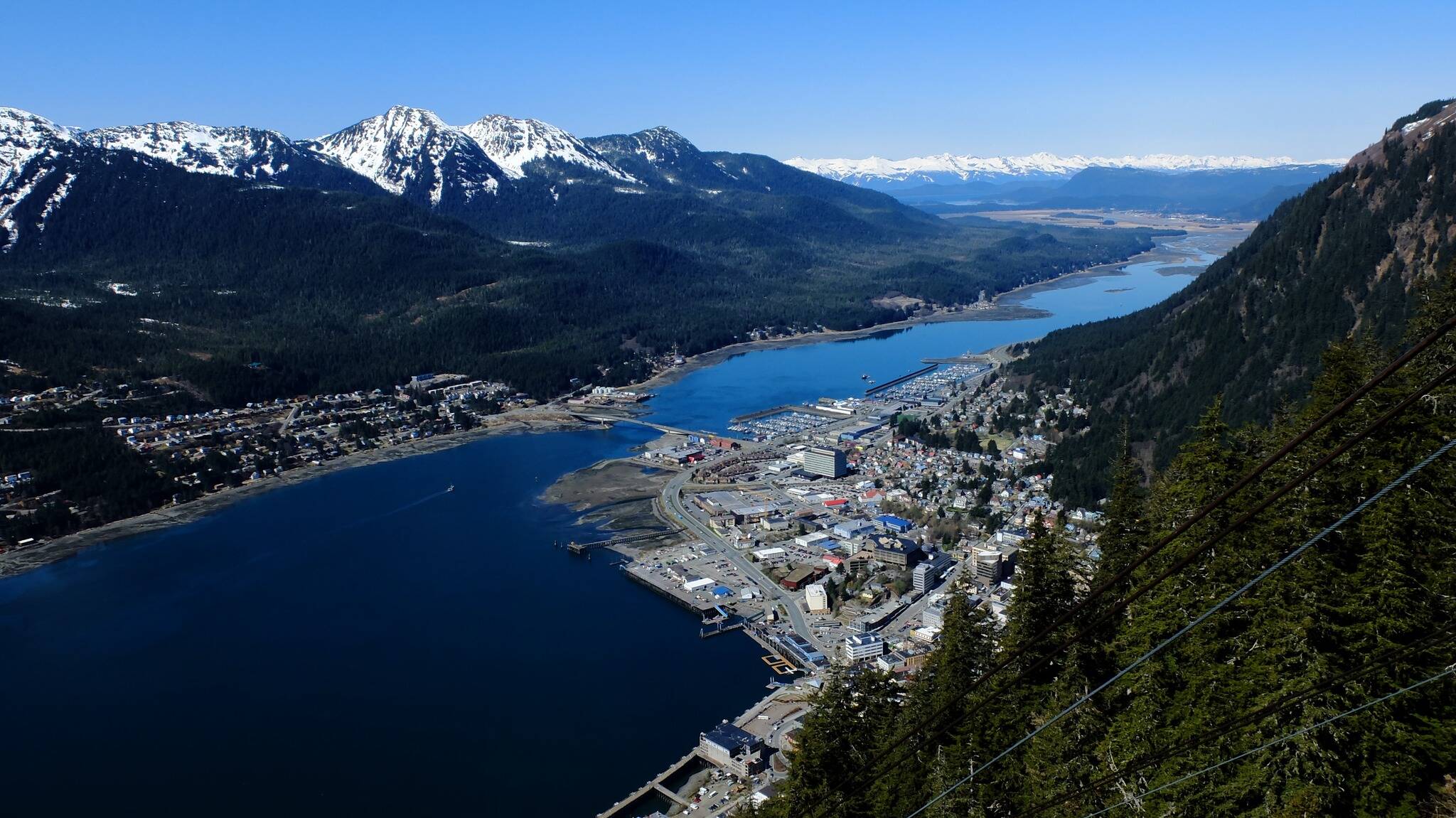A second Juneau-Douglas crossing is now expected to cost about $400 million — far more than earlier projections — and be completed by 2030, according to a “planning estimate” in the revised Statewide Transportation Improvement Plan (STIP) resubmitted to the federal government on Friday after the previous proposed plan was rejected.
The plan for the fiscal years 2024-2027 also states construction of a new ferry terminal at Cascade Point is expected to be complete by the end of 2025 and safety improvements — including traffic signals — at the so-called “Fred Meyer intersection” will be complete by 2026.
However, there are limiting and unknown factors to some of those and other listed projects. A preferred location for the second crossing has still not been determined, for example, with different options expected to have considerably different costs. Also, a state transportation official said Monday a “trimmed-down” version of Cascade terminal able to handle limited vessels is projected by next year, with the full facility being built in future years.
The federal government has until March 31 to approve the revised STIP that contains more than $5 billion in statewide projects during the four-year period, after stating the previous plan contained numerous eligibility failures needed correcting. Alaska is the only state whose STIP was rejected, which has triggered widespread concern among state officials and lawmakers about whether the summer construction season will be able to proceed when funding for the current 2020-23 STIP lapses at the end of the month.
The revised 2024-27 STIP and supporting documents, totaling 2,850 pages, attempt to remedy deficiencies cited by the federal government such as not identifying all funding sources, and failing to clearly document how the state collected public input and consulted with tribes on projects.
However, even the unapproved plan reveals intentions, schedules and estimated costs of local projects that in some cases are markedly different than when the first draft of the 2024-27 STIP was released last July.
That draft, for instance, contained a $250 million allocation for the second Juneau-Douglas crossing in 2030, presumably as a working number since the project that’s been discussed for decades still has multiple proposed crossing locations being evaluated. The $400 million estimated cost in the newly revised STIP is similarly vague.
Both estimates do not include $23.5 million in federal funds for design work previously in the 2024-27 STIP.
The cost of the crossing was estimated at $90 million in a City and Borough of Juneau capital improvement projects study published in 2020.
Added to the STIP since last July is about $8.5 million for safety improvements at the intersection of Egan and Yandukin drives, which local officials have called one of the most dangerous in Juneau. The funds would install traffic signals on Egan Drive and a pedestrian crossing across the thoroughfare by 2026, based on recommendations in a state Department of Transportation and Public Facilities study published in 2021.
As of last summer the only upgrades planned were lowering the speed limit through the corridor to 45 mph, from the current 55 mph, between Nov. 1 and Jan. 31, and altering the positioning of the left-turn lanes in both directions on Egan Drive in an attempt to improve drivers’ line of sight and reduce the travel distance necessary to clear opposing traffic.
The Cascade Point ferry terminal emerged as a surprising trouble point in the rejected STIP, since the project had been included in the 2020-23 STIP with an expected construction timeline after 2023. The revised state plan now shows the state making lease payments of $5 million in both fiscal 2026 and 2027 for the site owned by Goldbelt Inc., which in the interim would have a terminal able to accommodate smaller state ferries such as the Hubbard dayboat by next year.
“That would be like a trimmed-down first phase of the facility that would be out quicker,” Sam Dapcevich, a state DOT spokesperson, said Monday.
The total cost of the terminal, previously estimated at $30 million, is estimated at $76.6 million in the revised STIP. Located at 42 Mile Glacier Highway, it would significantly alter logistics for people trying to get to or from Juneau to catch ferries docking at the terminal.
Hundreds of millions of dollars in other state ferry projects are part of the state plan, including replacing at least two existing ferries, adding a new low/no-emission vessel, and a range of upgrades to ships and infrastructure. A new $15 million terminal scheduled in Pelican for 2027, for instance, would allow all of the vessels in the AMHS fleet to dock in that community.
Also included in the updated STIP is more than $15 million for downtown and Thane street reconstruction including “structural section improvements, pavement, drainage repairs, sidewalk improvements and ADA improvements.”
• Contact Mark Sabbatini at mark.sabbatini@juneauempire.com or (907) 957-2306.

